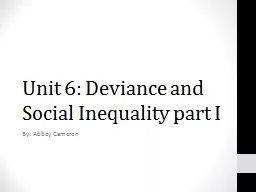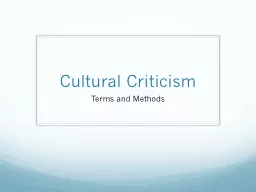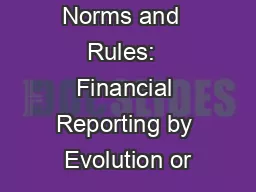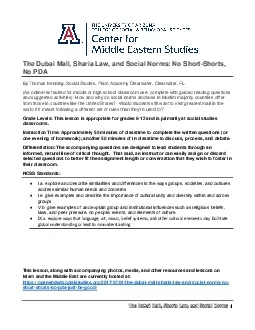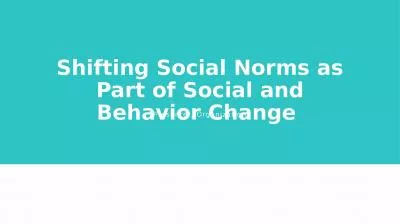PPT-Cultural Norms
Author : olivia-moreira | Published Date : 2017-07-30
By Mr Daniel Hansson Important Definitions Culture A shared learned symbolic system of values beliefs and attitudes that shapes and influences perception and behavior
Presentation Embed Code
Download Presentation
Download Presentation The PPT/PDF document "Cultural Norms" is the property of its rightful owner. Permission is granted to download and print the materials on this website for personal, non-commercial use only, and to display it on your personal computer provided you do not modify the materials and that you retain all copyright notices contained in the materials. By downloading content from our website, you accept the terms of this agreement.
Cultural Norms: Transcript
Download Rules Of Document
"Cultural Norms"The content belongs to its owner. You may download and print it for personal use, without modification, and keep all copyright notices. By downloading, you agree to these terms.
Related Documents


